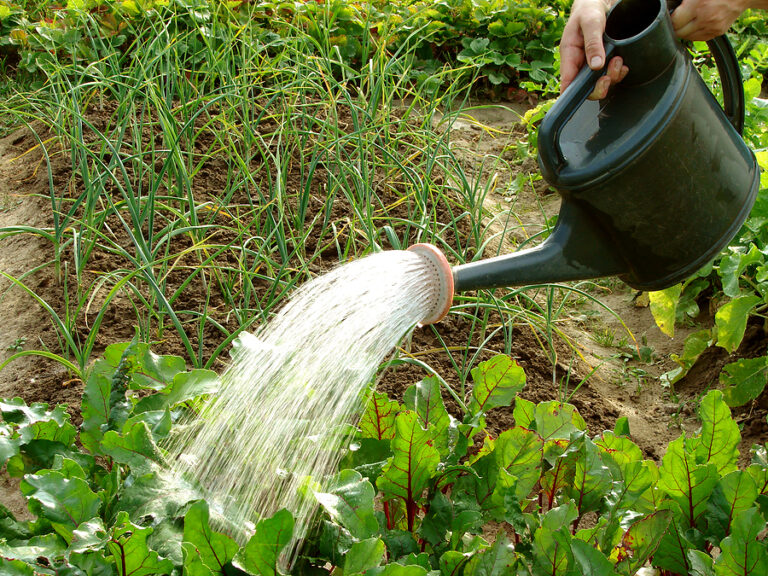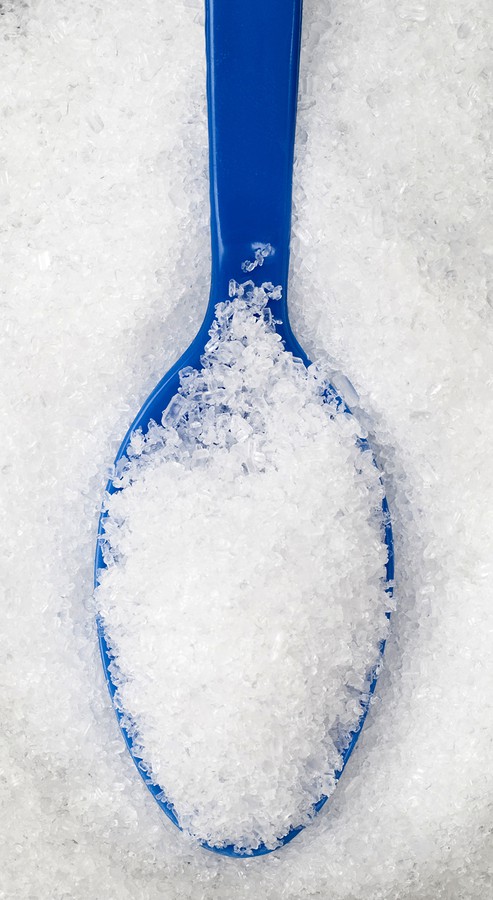The Vegetable Gardener’s Guide to Soil Science: How Healthy Soil Grows Better Crops
Healthy soil is the foundation of every successful vegetable garden. Understanding how soil works—its structure, chemistry, and biology—gives you the power to grow stronger plants, bigger harvests, and a thriving garden ecosystem. In this guide, we’ll explore what makes soil healthy, how plants interact with it, and how you can build nutrient-rich, living soil that supports your vegetables from seed to harvest.
What Is Soil—and Why It’s More Than “Dirt”
Soil isn’t just dirt—it’s a living system made up of minerals, organic matter, water, air, and billions of microorganisms. These elements work together to store nutrients, retain moisture, and support plant roots.
- Minerals (sand, silt, clay) give soil texture and structure.
- Organic matter adds nutrients and fuels microbial life.
- Air and water occupy pore spaces between soil particles, providing oxygen and hydration for roots and microbes.
- Microorganisms break down organic materials into nutrients plants can use.
When these components are balanced, soil becomes a self-sustaining environment that grows strong, resilient crops.
Soil Texture and Structure: The Foundation of Growth
Soil texture refers to the mix of sand, silt, and clay particles.
- Sandy soils drain quickly but can’t hold nutrients.
- Clay soils hold water well but can become compacted and airless.
- Loamy soils—a balanced mix of all three—retain moisture while still draining freely.
Beyond texture, soil structure describes how those particles clump together into aggregates. A crumbly structure allows water and air to move easily through the soil and creates stable channels for roots. You can improve poor soil structure by adding compost, avoiding over-tilling, and protecting the surface with mulch or cover crops.
Soil Chemistry: Nutrients and pH Balance
Just like people, plants need a balanced diet. Soil chemistry determines which nutrients are available and how easily roots can absorb them.
The Essential Nutrients
Plants rely on three major nutrients—nitrogen (N) for leafy growth, phosphorus (P) for roots and flowers, and potassium (K) for overall strength and disease resistance. They also need secondary nutrients like calcium, magnesium, and sulfur, and micronutrients such as iron, zinc, and boron in small amounts.
Soil pH
Soil pH affects how available these nutrients are. Most vegetables prefer a slightly acidic soil between 6.0 and 7.0. If your soil is too acidic or alkaline, nutrients may become locked up and unavailable to plants. A soil test can tell you your soil’s pH and nutrient levels, helping you decide what amendments to add.
Soil Biology: Life Beneath the Surface
The most important part of soil science for gardeners may be what you can’t see—the living web of organisms beneath your feet.
Healthy soil teems with bacteria, fungi, nematodes, protozoa, earthworms, and insects. Together, they form a soil food web that breaks down organic matter, releases nutrients, improves soil structure, and even helps plants fight disease.
Key Players
- Bacteria decompose organic matter and fix nitrogen from the air.
- Fungi, especially mycorrhizae, form symbiotic relationships with roots to extend nutrient uptake.
- Earthworms aerate soil and recycle organic matter into rich castings.
To nurture this underground community, avoid synthetic fertilizers and pesticides that disrupt microbial life. Instead, use compost, mulch, and natural soil conditioners that feed and protect soil organisms.
Building and Maintaining Healthy Soil
Healthy soil doesn’t happen overnight—but every season offers opportunities to improve it. Here’s how:
1. Add Organic Matter Regularly
Compost, aged manure, and decomposed leaves are the lifeblood of good soil. They add nutrients, improve texture, and fuel microbial activity.
2. Protect the Soil Surface
Bare soil loses moisture, erodes, and bakes in the sun. Use straw, shredded leaves, or grass clippings as mulch to protect it and feed it slowly as it breaks down.
3. Grow Cover Crops
Planting cover crops like clover, vetch, or rye between vegetable seasons prevents erosion, adds organic matter, and improves nitrogen levels naturally.
4. Minimize Disturbance
Tilling breaks up soil structure and harms microorganisms. Try no-till or low-till methods—simply top-dress with compost and let soil life do the work of mixing it in.
5. Test and Amend Thoughtfully
A yearly soil test tells you what nutrients are missing. Add natural amendments like bone meal, kelp, or rock phosphate based on actual need rather than guesswork.
The Payoff: A Self-Sustaining Garden Ecosystem
When you build soil health, everything in your garden becomes easier. Plants need less fertilizer and water, resist disease naturally, and produce higher-quality harvests. Healthy soil holds carbon, supports pollinators, and creates a thriving ecosystem where every part of your garden—roots, microbes, insects, and you—work together in harmony.
In Short
Soil is not just the medium for your vegetables—it’s the living foundation of your garden’s success. Understanding the science of soil empowers you to grow more with less effort while caring for the environment beneath your feet.





